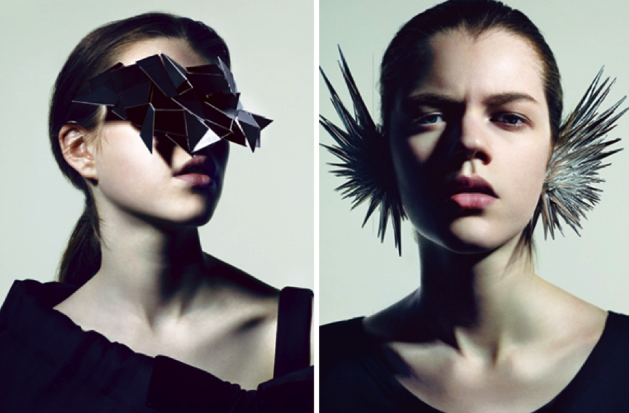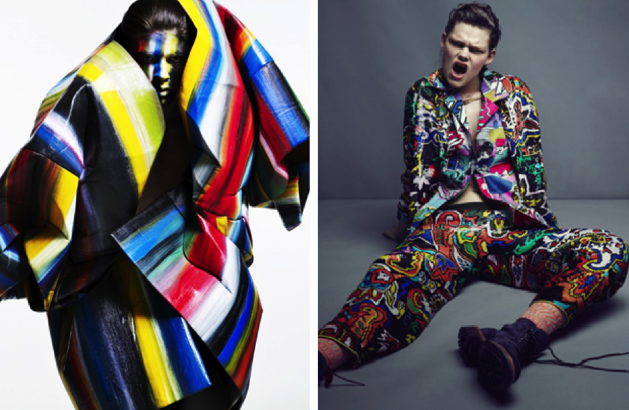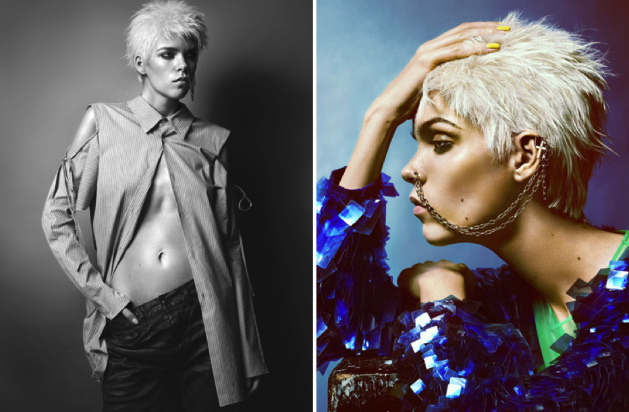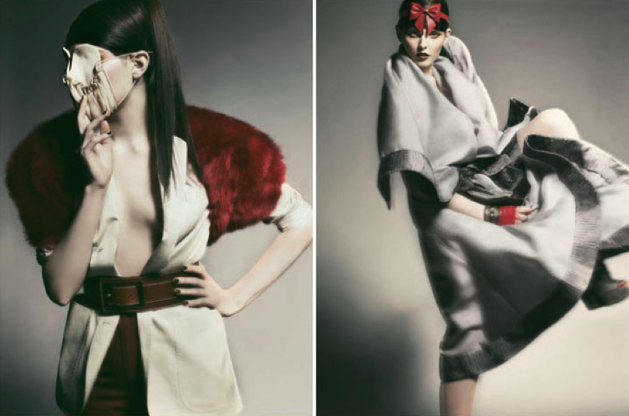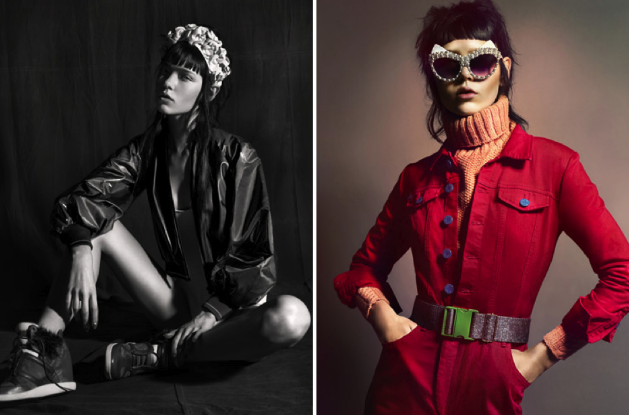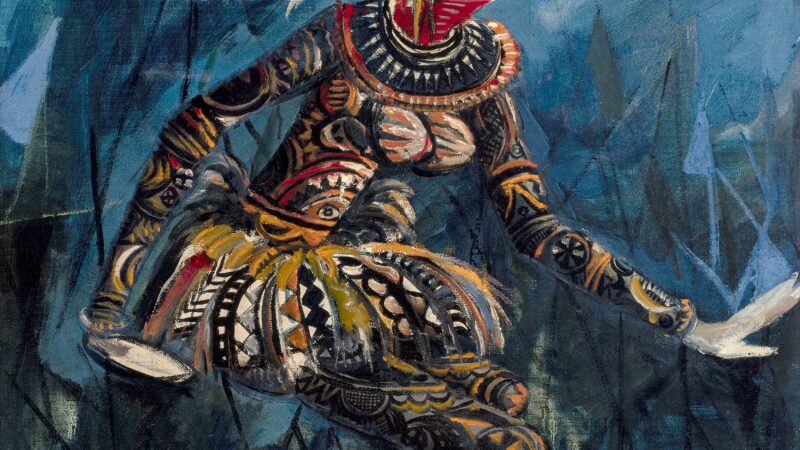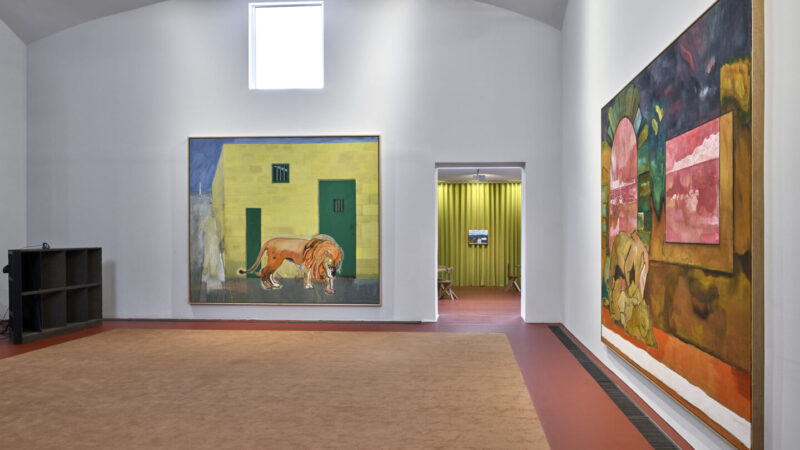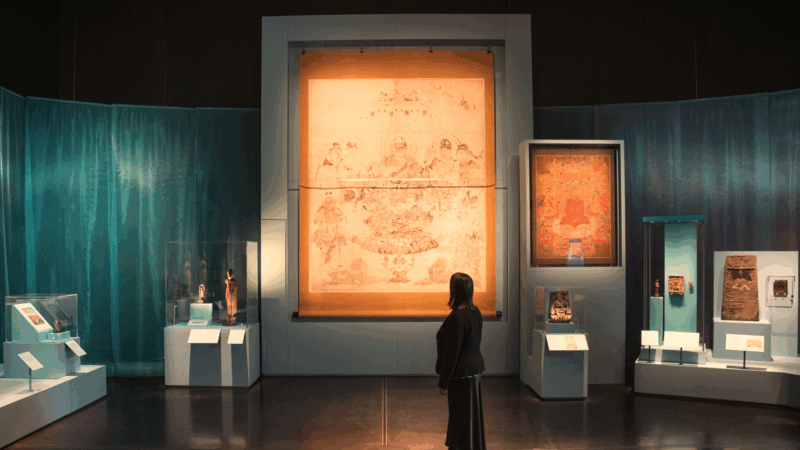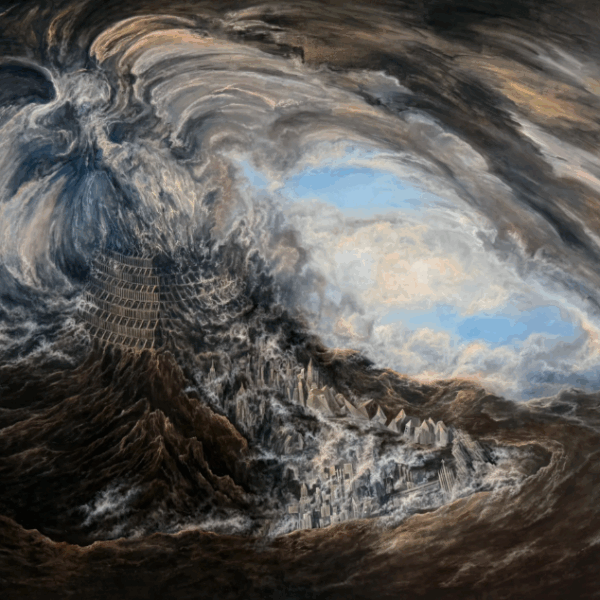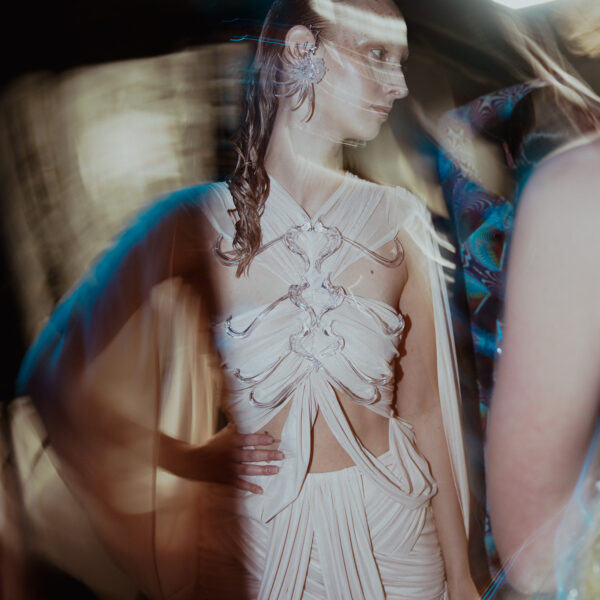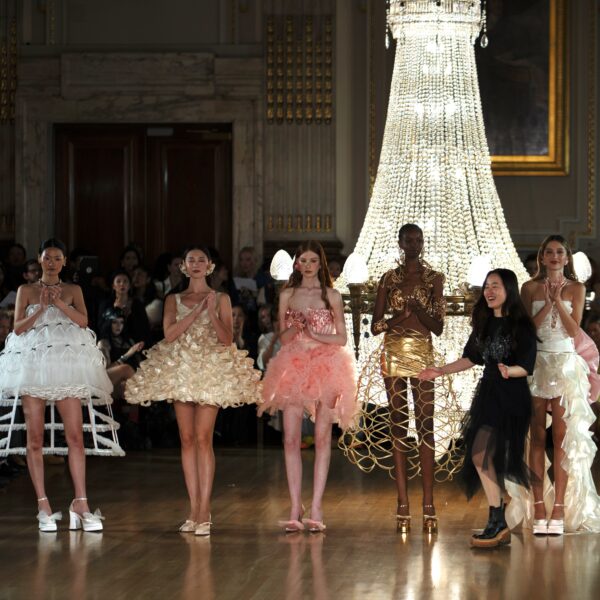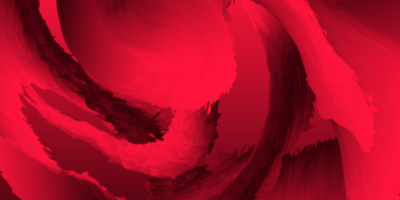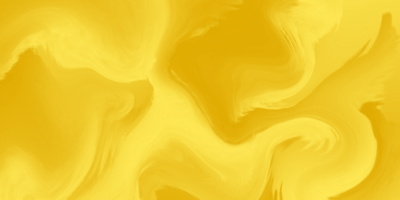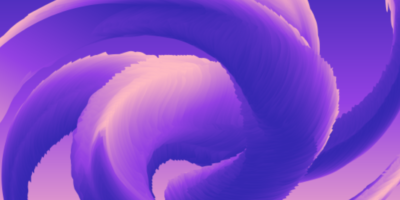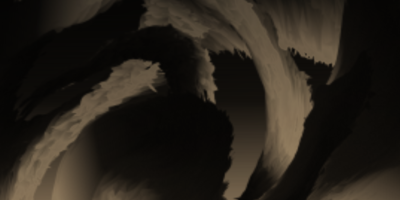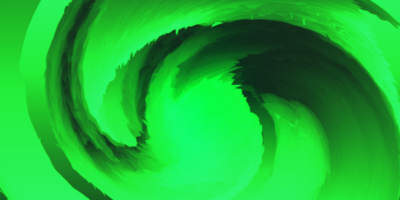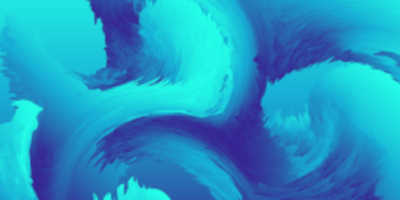New Fashion Photography 1: Yasunari Kikuma
Whether the transition from film to digital, the advancement of editing software, or the incorporation of other art forms, fashion photography has evolved into something powerful and exhilarating.
It is no longer just about the clothes – photographers have increasingly pushed both themselves and their lenses beyond the boundaries of fabric. Fashion photography has, in essence, become an art movement in its own right. With cultural references, old-meets-new, surreal deconstruction and challenges against ideas of ‘beauty’, it’s more than just fashion these days, darling – but it’s more fabulous than ever.
A new book compiled by art director Paul Sloman, “New Fashion Photography” (Prestel), illustrates and profiles more than 30 artists from around the world. A collection of some of the most visionary images of this century, exclusive interviews and insightful commentaries guide you through the minds their makers. Introduced by fashion writer Tim Blanks, “New Fashion Photography” includes the likes of Nick Knight, Rankin, Chadwick Tyler, Miles Aldridge, Kourtney Roy, Paola Kudacki, Sean Ellis, Daniel Jackson and Pierre Debusschere.
We decided to give you exclusive interviews with some of our personal favourites from the book – beginning with Yasunari Kikuma.
Japanese photographer Yasunari Kikuma has photographed the likes of Kate Moss and Dita von Teese amongst others for Vogue Japan, as well as shooting for Dune, Elle Japan, Vision China and SchÃn. Following two years in Paris, Kikuma returned to his hometown of Shizuoka and began cultivating a career in photography. Fusing Japanese and European culture with high-end fashion, Kikuma creates and captures images that extend beyond – and unite – the fabric of the clothing and the character of his subjects. Developing the cultural aesthetic of Japan beyond continental boundaries, he merges diverse cultures to reconstruct new ideas that embrace the extraordinary and the traditional within the realms of both fashion and photography.
With settings generally free from background distractions, a tender simplicity is intensified by the poignant exposure of clothing composition. In an editorial for Vision China last year (above), Kikuma collaborated with hair artist Katsuya Kamo to create a series of images that incorporated a geometric fragmentation and visual futurism. Reflective fragments of glass are pieced together in the form of metal visors, headpieces and veils that are suggestive of imagined futures created from the modification of current realities.
Other shoots convey a distortion that exposes the geometric workings behind and within the clothing – in one, kaleidoscopic mirror-images are explicitly staggered and create a striking unification between clothing, model, and setting. By blurring the boundaries between fashion and the individual, Kikuma draws and moulds an intimate interaction between them that sometimes leads to an extension of a designer’s vision. In one particular shoot, Kikuma has wrapped a model in fabric painted with an expressive vibrancy (below left), and even the model herself painted in a similar way.In a sense, this creates a duality between clothing being an extension of the self, the self an extension of one’s clothing – an echo of American photographer Irving Penn, who Kikuma cites as one of his influences.
The idea of emphatic and cultural re-creation is embodied throughout Kikuma’s work. His inventive development results in new representations of the geometry and technicality behind each outfit that flourish out of the origins of the material. By modifying and exaggerating particular elements in front of and behind the lens, he creates a simultaneous embracing of the avant-garde, minimal, and purist, whilst an innovative adaptability enables Kikuma to shoot images that are feminine or fierce, edgy or traditional, disrupted or controlled. In spite of this, he remarkably manages to retain something of an ‘original substance’, something integral and intrinsic from within the clothes and his photographic approach, that results in images that are at once of the ‘now’, ‘then’, and ‘tomorrow’.
Prime Planet: What does photography mean to you? Try to describe your work in three words.
Yasunari Kikuma: Life, Identity, Coexistence
PP: What’s important, aesthetically, in your work? You seem to take a lot of inspiration from the deconstructive approaches of Japanese designers…
YK: My work is a fusion of Japanese and European Culture. I am not just concerned with Japanese designers – my Japanese origin is important but I hugely respect European culture and try to show this in my photos.
PP: Is there anyone – or anything – that specifically inspires other aspects that you incorporate into your photographs?
YK: No special individual exists for me…I am often inspired by old Japanese paintings, gardens, food and architecture. They give me an idea and a feeling, but not in a specific way. I pick up kinds of atmospheres because it is somewhere in my background and in my blood. I like to try and mix influences, not keeping it too Japanese in style. I translate into a universal language of fashion photography.
PP: Your work tends to reflect a purist, sometimes avant-garde approach. What do you think these various approaches add – or take away – when shooting couture and high-fashion?
YK: I have never thought about this, but I think Japanese culture is integral. Modern Japanese culture takes much from Europe, but it still keeps much of the old traditions from Japan. I do mix the old and the new, but they aren’t hugely different to me. Both feel completely natural. I talk of the ‘new’, but I do think old Japanese arts combine elements which could be pop with those that are very sophisticated and chic.
PP: Are you inspired by any particular art movement?
YK: I love visual art – I am not inspired by any artist in particular but I do have a real respect for painting. I think they can really propel us into the future, but in terms of fashion I am keen to show ‘now’.
PP: In some works, you paint across the model’s face, cover the subject in painted fabrics, or even shoot double-exposures. By combining fashion, painting and photography together, what do you hope this adds to fashion photography?
YK: All of these elements combine to create something more of the ‘now’. With the internet connecting everything in the world any borders in our lives are becoming less clear. People are thinking in a different way. Of course I will always love the classic photograph, but we can also use what we know to create new images.
PP: Do you think painting and sculpture have something to offer that photography cannot necessarily achieve on its own, or does it depend on how you incorporate things into a shoot?
YK: I think they do have something different. But I think you should be able to respect all these art forms together and apart.
PP: Why do you choose to incorporate an important element of distortion in your work?
YK: It’s all about creating something of the ‘now’. Something new…by combining old and new. It isn’t taking anything away necessarily, but by distorting you can add a different level.
PP: Your work tends to be very experimental, going against the predictable convention – particularly in relation to fashion images. In terms of technique, can you give an outline of what your creative process involves? How do your ideas begin to transform into images?
YK: I don’t think what I do is anything special in terms of a process. I am just always thinking about how I can mix a Japanese aesthetic with European fashion, and how I can express an original feeling in fashion photography. I actually really love classic fashion photographers such as Irving Penn, and Avedon.
PP: What do you hope to communicate with viewers?
YK: I hope the viewer really enjoys the photos – not just in a commercial and marketing way.
PP: What has been the most important lesson you’ve learnt throughout the years as a photographer?
YK: It’s hard to choose one. But ‘balance’ would be very important.
PP: What are you plans for the future?
YK: I am completely moving my base to New York – so it will be a new era!
-Charlie Clarkson
(All images from www.yasunarikikuma.com)


